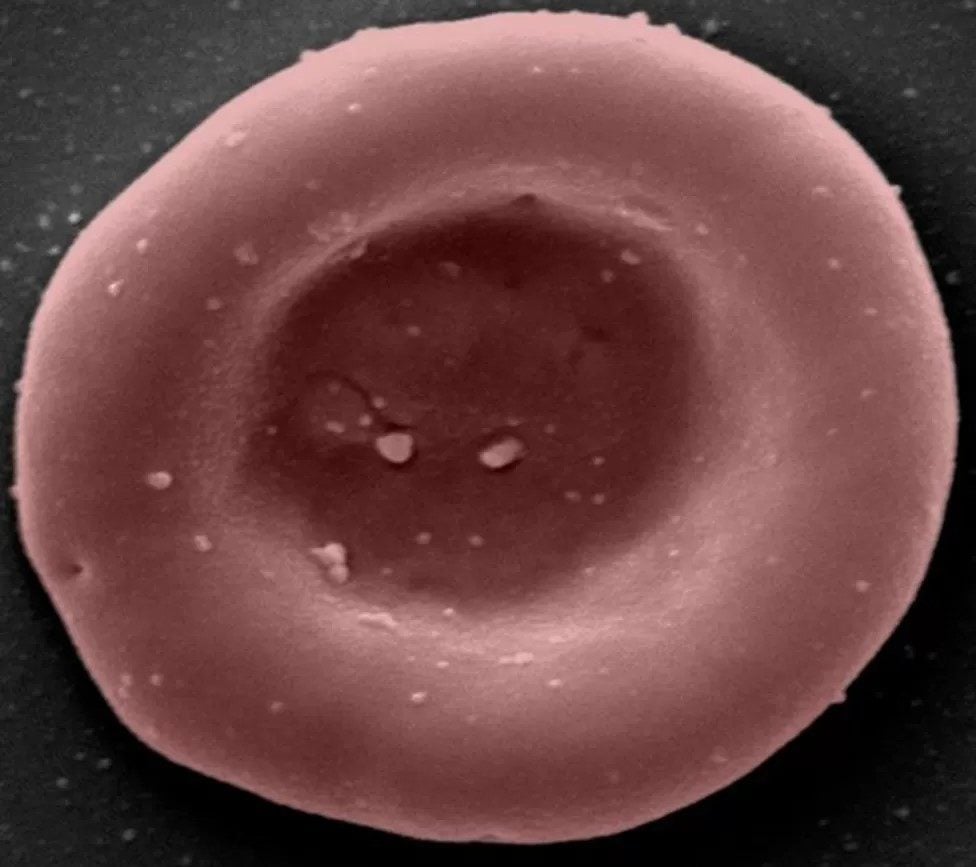Blood
Microplastics Found in Human Blood for the First Time
Microplastics are in water, soil, air, and just about everywhere around us. Now experts have also detected microplastics in human bodies, the bloodstream of most humans, heart muscles, lungs, and even in placentas and feces of babies.
Eating and breathing microplastics
Based on over 3,600 samples, scientists have estimated that an average American’s dietary intake of microplastics ranges from thirty-nine to fifty-two thousand particles depending on age and sex. The estimate took into account the disparity between people who met their recommended water intake through bottled water alone as opposed to drinking tap water. They estimated that bottled water added another ninety thousand microplastics annually, compared to four thousand particles consumed through tap water.
In addition, there are also the microplastics we breathe. One study estimates we breathe in 74,000 to 121,000 particles per year. These estimates are subject to large amounts of variation, but scientists have considered them underestimates.
Four types of plastic found in human blood for the first time
Another study relied on new technologies such as gas chromatography and mass spectrometry and used it it to measure plastic particles as small as ≥700 nm in human blood. Blood samples were taken from twenty-two healthy volunteers.
Scientists identified and quantified four types of plastic in human blood for the first time. The four most commonly found in large amounts were polyethylene terephthalate, polyethylene, and polymers of styrene (a sum parameter of polystyrene, expanded polystyrene, acetonitrile butadiene styrene, etc.).
Getting rid of microplastics in blood and environment
These studies show that plastic particles are bioavailable and will be absorbed into the human bloodstream. Sadly, science has not yet found ways of getting rid of microplastics in our body beyond the body’s natural ability to repair itself. The focus should then be on limiting intake, as plastic is known to interfere with microcellular breathing. Ingestion of plastic has been linked to a series of illnesses such as cancer, and plastics are known hormone disruptors, replicating the functioning of certain human hormones and damaging the immune system.
Plastic consumption is ubiquitous in our day-to-day lives, but realizing that plastic is as convenient as it is harmful is an important step. We already know our oceans are soon to contain more plastic than fish.
Technological advancements and scientific studies may point to the issues we are facing today, but they’re important for a solution. Scientists have studied ways to dissolve microplastics and have found solutions. Nature has its own adaptive mechanisms, and birch trees, for example, have been found to absorb plastic in the environment.
Chemical solutions also exist in order to break down the polymer binds and control the reactions. Electrolytic oxidation is one of the great new promises of chemical research still in its first stages of experimentation.

